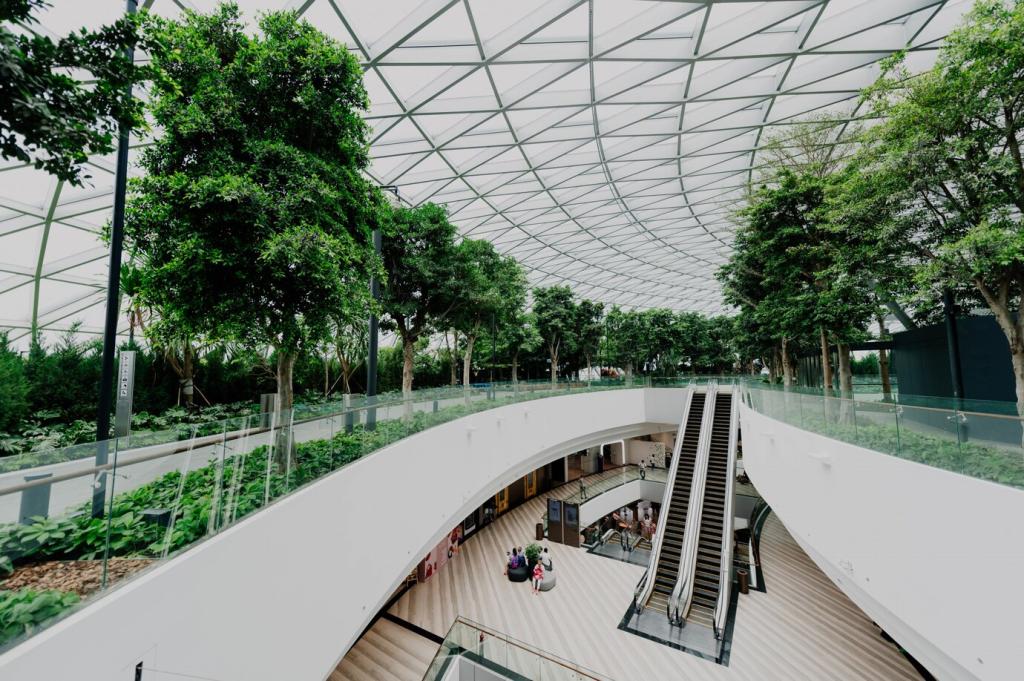Incorporating Green Technologies in Renovations
Modern home and commercial renovations increasingly emphasize sustainability and energy efficiency. By incorporating green technologies during renovation projects, property owners can significantly reduce their carbon footprint, save on utility costs, and create healthier living or working environments. This comprehensive guide delves into the strategies and benefits of including innovative, eco-friendly technologies in your next renovation project.

Embracing Energy Efficiency
Smart appliances, such as programmable thermostats, energy-efficient lighting, and advanced HVAC systems, have revolutionized how buildings consume energy. These intelligent devices assess real-time usage patterns, allowing homeowners and businesses to maximize efficiency without sacrificing comfort. By integrating these technologies during renovations, you can automate much of your energy management, which leads to lower bills and a smaller environmental footprint for years to come.
Water Conservation Innovations
Modern low-flow fixtures, such as high-efficiency toilets, showerheads, and faucets, use advanced engineering to maintain optimal performance with less water. These upgrades can dramatically reduce domestic water usage without sacrificing convenience or comfort. Installing such fixtures is a prudent, cost-effective measure that immediately impacts water bills while contributing to global conservation efforts.
Recycled and Reclaimed Materials
Sourcing materials such as reclaimed wood, recycled glass tiles, or repurposed metal elements gives new life to resources that would otherwise end up in landfills. These materials are often unique, lending character and history to a space while reducing the environmental cost of extraction and production. Thoughtful selection and integration of these elements during renovations signal an environmentally responsible approach from start to finish.
Low-VOC Paints and Finishes
Traditional paints, sealants, and finishes emit volatile organic compounds (VOCs), which can compromise indoor air quality and contribute to environmental pollution. Choosing low-VOC or no-VOC alternatives during renovations creates a healthier atmosphere for occupants and workers alike. These modern formulations offer the same range of colors and finishes as conventional products, allowing for creativity without sacrificing sustainability or safety.
Sustainable Flooring Options
Eco-friendly flooring solutions like bamboo, cork, or linoleum are sourced from rapidly renewable plants and involve low-emission manufacturing processes. These materials offer durability and aesthetic appeal comparable to traditional hardwood or vinyl but with a significantly lower environmental impact. Renovators can enhance any interior with sustainable flooring, achieving both style and function through smart material choices.
